Time to Close the Ellwood Onshore Facility
If Not Now, When?
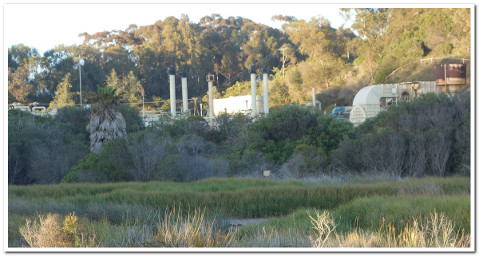
“If not now, when?” —Primo Levi
Goleta history lovers probably already know that Goleta is the site of the first shelling of the North American mainland during World War II and also the first organized, scheduled drag races in the US. A less known fact is that Goleta is the site of one of the last remaining shoreline oil wells on the West Coast of the United States, known as “Pier 421.”
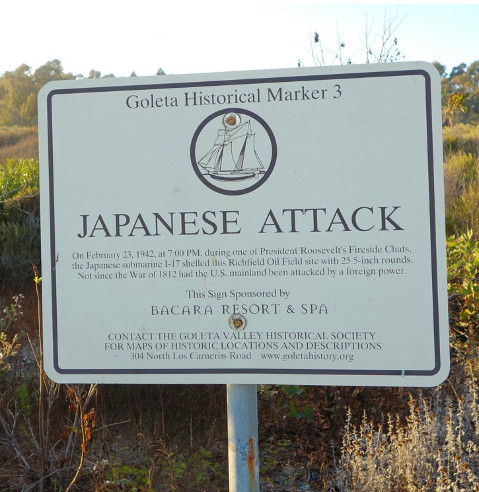
Anyone wondering what an oil well is doing on a Goleta Beach may also wonder what the Ellwood Onshore Facility (EOF) for processing petroleum is doing just off of Goleta’s Haskell’s Beach, near to The Bluffs and The Hideaway residential complexes and also next to the Bacara Resort & Spa and the Sandpiper Golf Club.
You might also wonder why this potentially dangerous, 50-year-old oil processing facility is still here, especially since it sits on land that is zoned for recreation, not industrial or commercial uses. In 1990, this property was rezoned by the County of Santa Barbara as “Recreation,” at which time the EOF became a “legal nonconforming use.” Since Goleta’s 2002 incorporation, though the land’s zoning designation continues to be recreation, the EOF has continued to operate as a legal nonconforming use.
Goleta residents concerned about one of our prime beaches being used for processing oil instead of for its zoned uses might fairly ask, “How long should this nonconforming use go on? How long must we put up with the impacts of this dangerous and unattractive facility?”
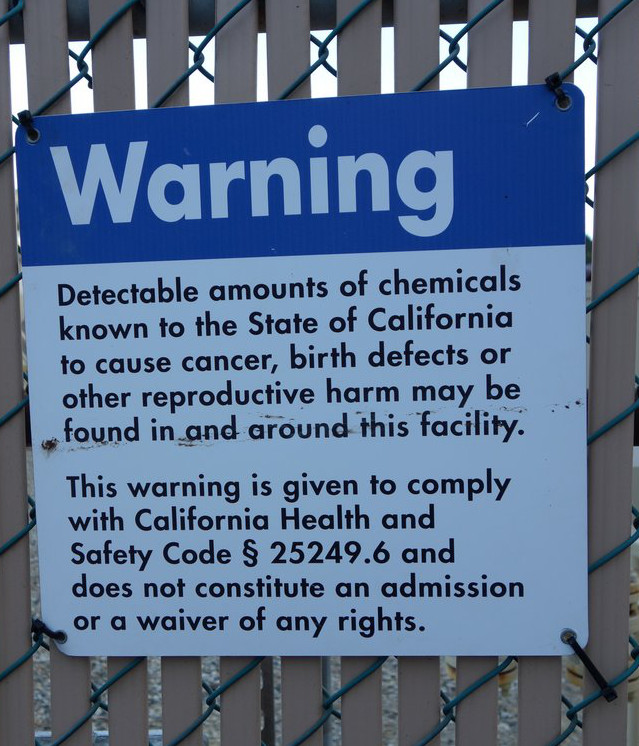
Under California law, a city is allowed to bring an end to a nonconforming use by one of two ways. The first is to simply compensate the owner for the facility, essentially buying it. A second way is to require removal of the use without buying it by demonstrating that the property owner has had enough use to “recoup a reasonable return on its investment.” This involves something called “an amortization study” to determine when that return is realized.
Just before Goleta incorporated, the County of Santa Barbara conducted such a study, but it lost the opportunity to shut down the EOF because land use authority transferred to the new city. Since Goleta cityhood, several organizations and individuals have been asking the City Council to pick up where the county left off. Finally, in December 2014, the council agreed to hire the same consultant, Baker & O’Brien, to update the study the company had worked on in 2001. The current study was completed on March 4, 2016.
You might think you could easily find this study on Goleta’s website under the Projects and Programs tab where four other Goleta studies are listed. No such luck. But if you can find Goleta’s website search tab and type in “amortization,” and if you then scroll down, you can find the full study. Okay, I’ll make it easier. Just click here: http://www.cityofgoleta.org/home/showdocument?id=11371.
Not surprisingly the study contains some technical analysis and accounting terms. But the bottom-line conclusion on page 3 of the study is as clear as the English language can express:
“We conclude that Venoco’s original capital investment in Ellwood Facilities was fully amortized by 2009, including estimated costs for abandonment.”
Venoco bought the EOF in 1997. Venoco knew then that it came with a nonconforming use designation. Venoco knew that the underlying zoning was for recreation uses. And Venoco knew that it was subject to giving up the EOF when it had recouped its investment. Given the independent study’s conclusion, it would be hard for Venoco to complain if the City of Goleta exercised its right to end the operation of the EOF and to reclaim its designated use potential for only recreation.
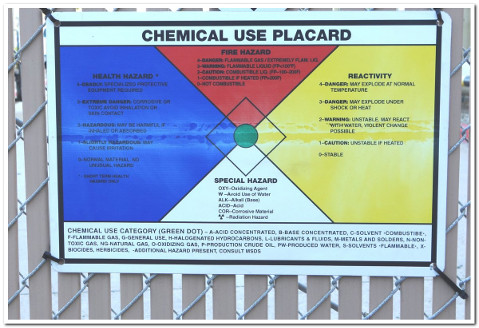
Goleta residents have been clear that we want our beach back. We want to eliminate the threat of the poisonous gas emissions that have escaped the EOF in the past. We want our view of and from our beach not to be one of an industrial processing plant. And our General Plan is explicit in saying that Goleta wants all oil processing to be consolidated at the Las Flores facility away from our city. But so far, the City Council has not taken any action.
So why the delay in setting in motion the end of the EOF? One theory is that Venoco’s recent filing for bankruptcy has muddled or at least delayed the process. But another, more disconcerting theory is that the city might be considering extending the life of the facility in return for revenue. (The bankruptcy restructuring was approved last Wednesday.)
Such a theory is not farfetched. There are at least two examples where the council majority has acted in a similar manner. At its meeting on April 15, 2014, the council brought forth a deal it had negotiated with Venoco to extend the life of Pier 421 for 17 more years. Yes that Pier 421, one of the only remaining shoreline oil wells on the West Coast of the United States.
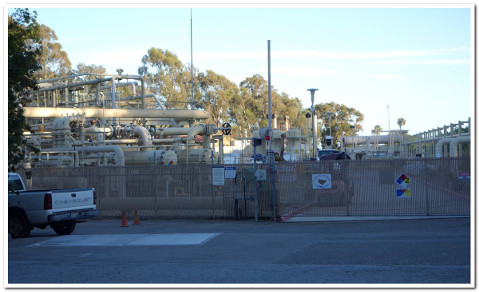
It appeared that the majority of that council was ready to allow more oil extraction just off Goleta’s Haskell Beach in return for Venoco paying the city:
• $30,000 annually for 17 years, and
• Annual royalty payments of 2 percent of the gross proceeds from the production of oil and gas products from 421-2, that 2 percent increasing another one half per cent per year after the first 10 years until Pier 421-2 production ends.
A majority of the council members seemed ready to extend drilling in Goleta’s surf for another 17 years, despite virtually unanimous community opposition and despite our General Plan’s direction. The majority was apparently ready to put dollars ahead of our community’s desires for safety. Fortunately for us, Venoco backed out of the deal over the content of a letter Goleta planned to send to the State Lands Commission.
An even more recent example is the majority’s October 2015 action overriding our General Plan to approve the Old Town Village’s 175 housing units. It did so only after the city exacted an additional $100,000 from the developer at the last minute. Once again the council majority was willing to put dollars ahead of our community’s expressed desires for reduced rate of development and for compliance with the General Plan.
We don’t know why the council is delaying action on the EOF. We do know from experience that Goleta residents need to speak up early and often, and not just at the hearing or at election time. Once deals are made, a new council cannot reverse them. If you want to speak up, click here to find the emails of Goleta’s City Council, also available here: cityofgoleta.org/city-hall/mayor-and-city-council/council-contact-information.
Now, before some other deal is negotiated out of public view, let’s send our City Council a simple message: Seven additional years of EOF operation after Venoco has recouped its investment is long enough. It’s time to protect our community from the risks of an aging and dangerous oil processing plant that should have been shut down long ago. It’s time to allow this property to be used for the public recreation it was zoned for. It’s time to exercise Goleta’s right to end processing of oil at Haskell’s Beach and finally terminate the EOF.



